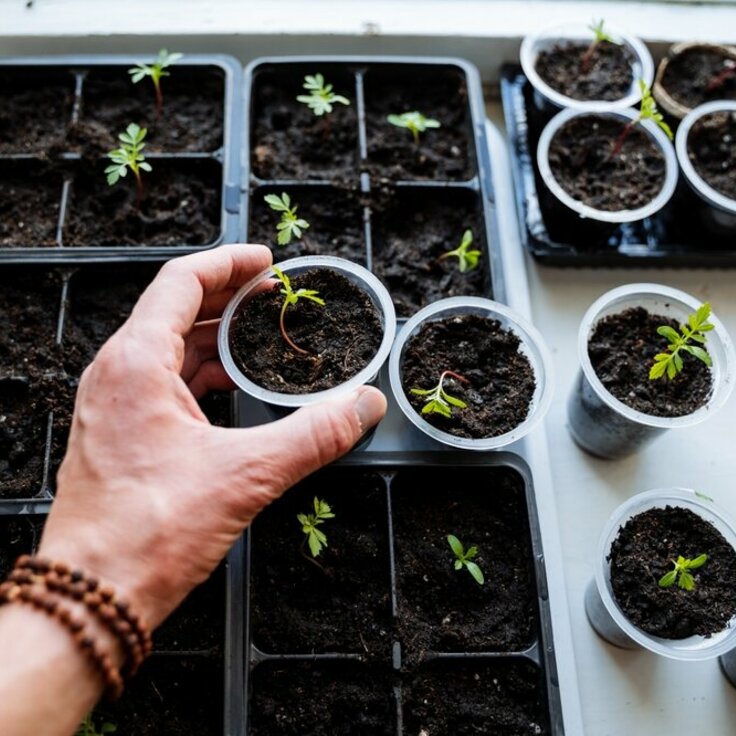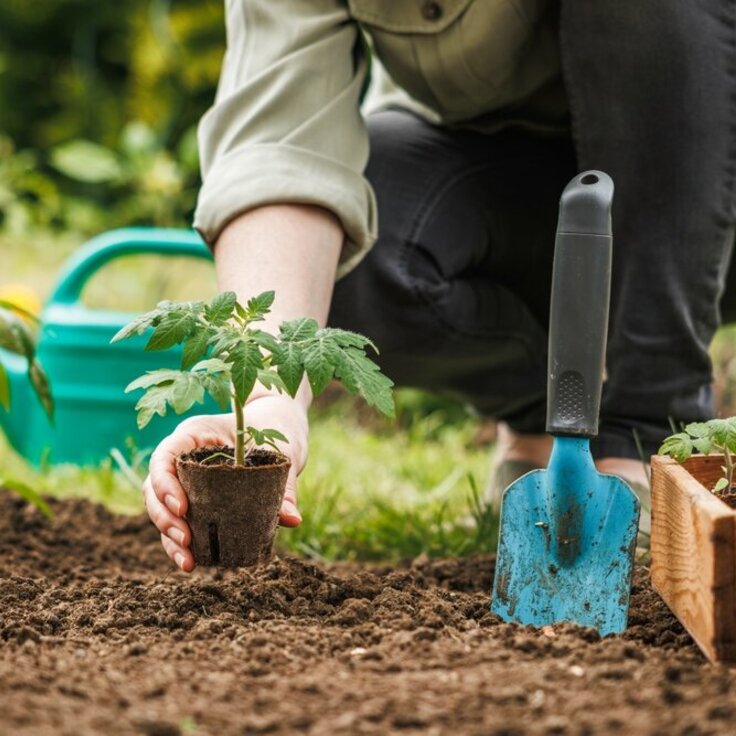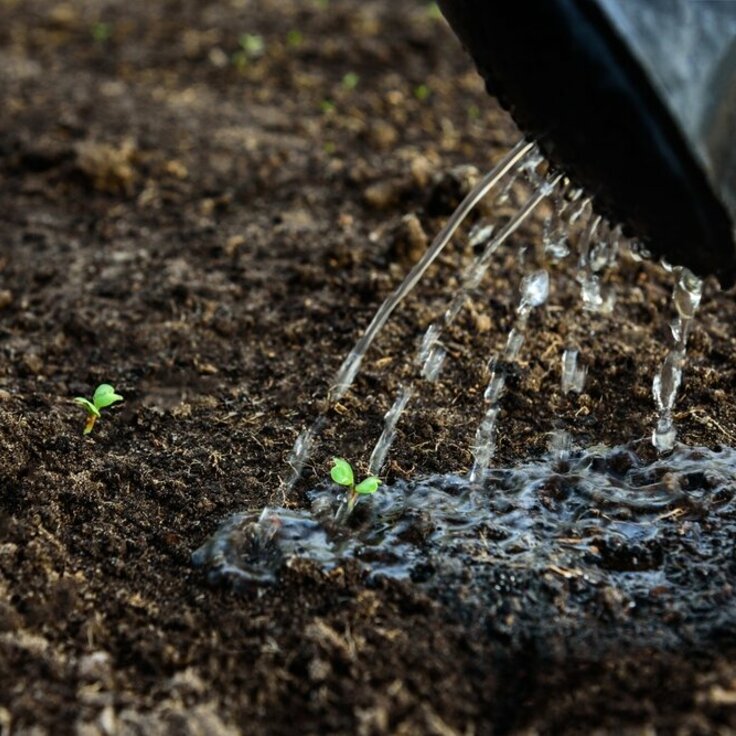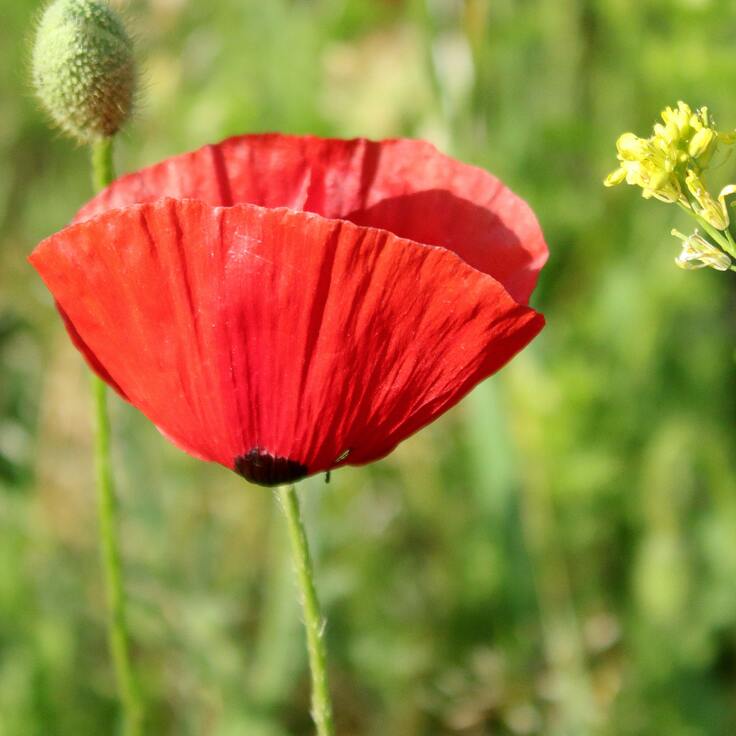Start Fresh: Tips for Beginners on Pruning in February
Starting a garden can be a thrilling and fulfilling experience. However, without proper maintenance and pruning, your garden may not reach its full potential. Pruning in February is a crucial step in ensuring the health and beauty of your plants. This guide will provide expert tips and tricks for beginners to make the most out of their pruning efforts.
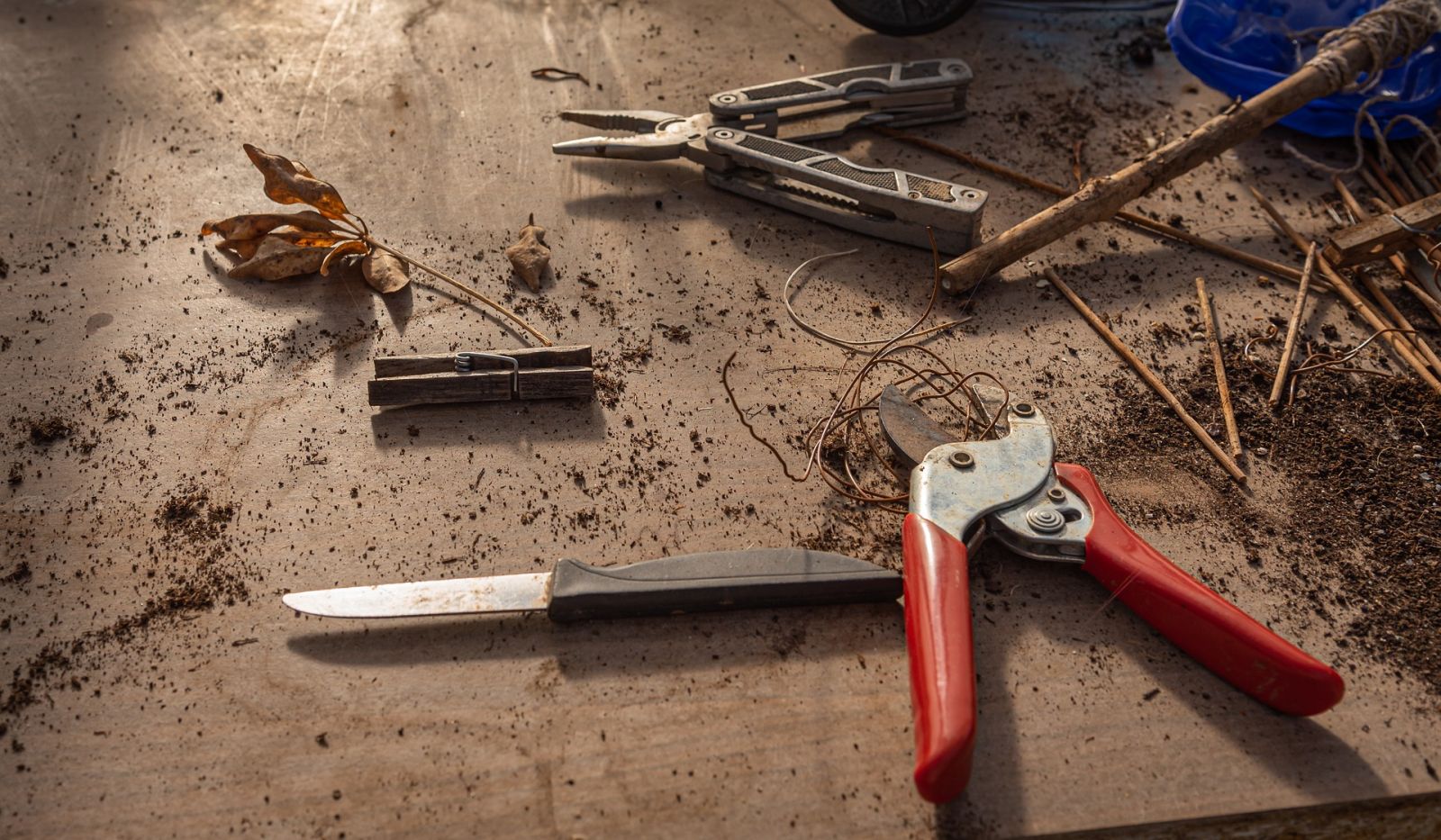
Why Prune in February?
February is an ideal time to prune because it is before the growing season begins. Pruning in February allows you to remove dead or damaged wood, shape your plants, and encourage new growth. It also gives you the chance to assess the overall health of your plants and make any necessary adjustments to ensure their long-term success.
What to Prune in February
In February, focus on pruning deciduous shrubs and trees, such as rose bushes, hydrangeas, and fruit trees. It is also a good time to prune evergreens, such as boxwoods and hollies, to remove any damage from winter weather.
Tools of the Trade
To effectively prune your plants, you will need a few basic tools. A sharp pair of pruning shears, loppers, and a pruning saw are all essential tools for any gardener. It is important to invest in high-quality tools to make the pruning process easier and more effective.
Techniques for Pruning in February
When pruning, it is important to follow a few key techniques to ensure the best results. First, make a clean cut just above a bud or branch junction. This will encourage new growth and prevent stubs from forming. Additionally, remove any crossing branches to promote good air circulation and reduce the risk of disease. Finally, do not remove more than one-third of a plant's growth in a single year. This will help prevent stress and promote healthy growth.
A Step-by-Step Guide to Pruning in February
-
Inspect your plants: Take a look at your plants and identify any dead, damaged, or crossing branches that need to be removed.
-
Prepare your tools: Make sure your pruning tools are clean and sharp before you begin.
-
Make cuts: Start by removing any dead or damaged wood, and then move on to shaping your plants. When making cuts, be sure to follow the techniques outlined above.
-
Clean up: Once you have finished pruning, be sure to clean up any debris and dispose of it properly.
Final Thoughts
Pruning in February is a crucial step in ensuring the health and beauty of your garden. By following these expert tips and techniques, you can make the most out of your pruning efforts and ensure a thriving garden for years to come. Don't be afraid to get your hands dirty and experiment with different pruning techniques to find what works best for you and your plants. Happy pruning!


